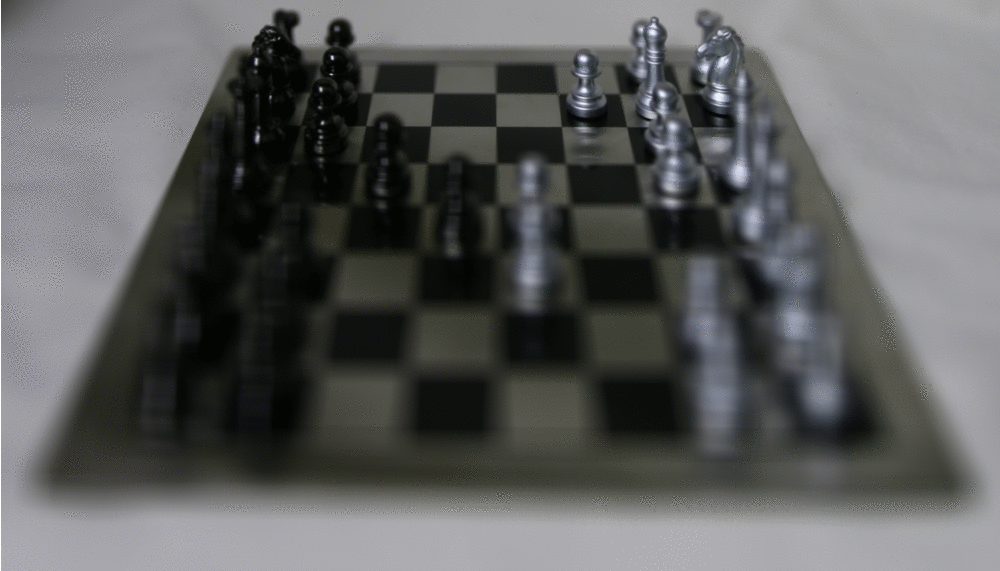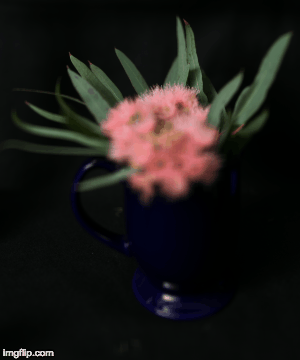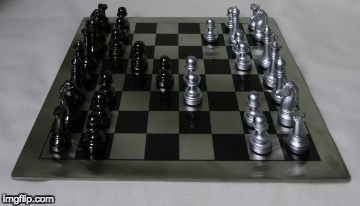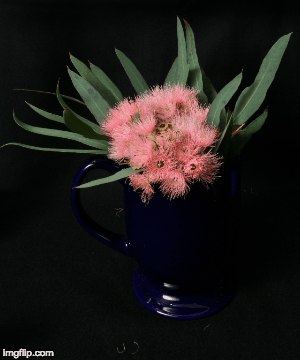CS194-26: Project 5
Light Field Camera: Depth Refocusing and Aperture Adjustment with Light Field Data
Joseph Jiang
Introduction
This project was essentially using the many images taken of an object at different shifts to create the illusion of depth refocusing and aperture adjustment. The image datasets were given to us by Stanford Light Field Archive and are found here
The data set given to us is a 17x17 grid of different shifts, where the image at (8, 8) would be the "center" whereas, all the other components are shifts from the center. For example, the image at (16, 16) would be the object imaged 8 pixels to the right and 8 pixels up from the center image.
Depth Refocusing
Our eyes perceive and focus on objects the world by blurring parts of what we see, while bringing other parts into focus (clear). If you look at the tip of a pencil in a classroom, your eyes will focus on the tip and blur the background behind it. On the other hand, if you look at the background, your eyes will blur the tip of the pencil and the background will come into focus. This part of the project explores how we can shift and average certain images to create the depth focusing
In order to the focus at a certain depth, we essentially want to align the components from that depth to the averaged image. More explicitly, we shift each and every image in the dataset by its displacement from some set point (I chose (0, 0) multipled by a constant that determine the depth at which the image will focus at. The shift will align all the light rays from all the images to focus at a particular depth (set by the constant) by averaging all the shifted images and bring image at that depth to focus.
Below is it example of where you can see the depth refocusing. I created this by incrementing the constant by .1 from [0, 2.4], focusing each incremental image at a specified depth.

Chess Board

Flower
Aperture Adjustment
Aperture is the amount of light that the camera lets in when taking a photo. Essentially, when you have a high aperture, a lot more light rays go into the len, resulting in a blurry image. When you have a low aperture, a lot less light rays go into the len, resulting in a more crisp image. This happens because the more light rays that come in, the more light rays from all different directions align at a certain spot in the image. Whereas, for a smaller aperture, less light rays from different direction focus on a single point in the image
How we explored this task using the dataset was using a radius to adjust aperture. The radius specified which images would be added to the output image and averaged and which images did make the cut. We set the center of the image at (8, 8) and essentially the images that would be considered in the average for a radius of one would be the images at (7,7), (7,8), (7, 9), (8, 7), (8, 9), (9, 7), (9, 8), (9, 9).
All these images are shifted by the displacement to the center and averaged to create the output. Increasing the aperture (raidus), there will be a wider range of images considered, ultimately creating the blur we see

Obama

Putin